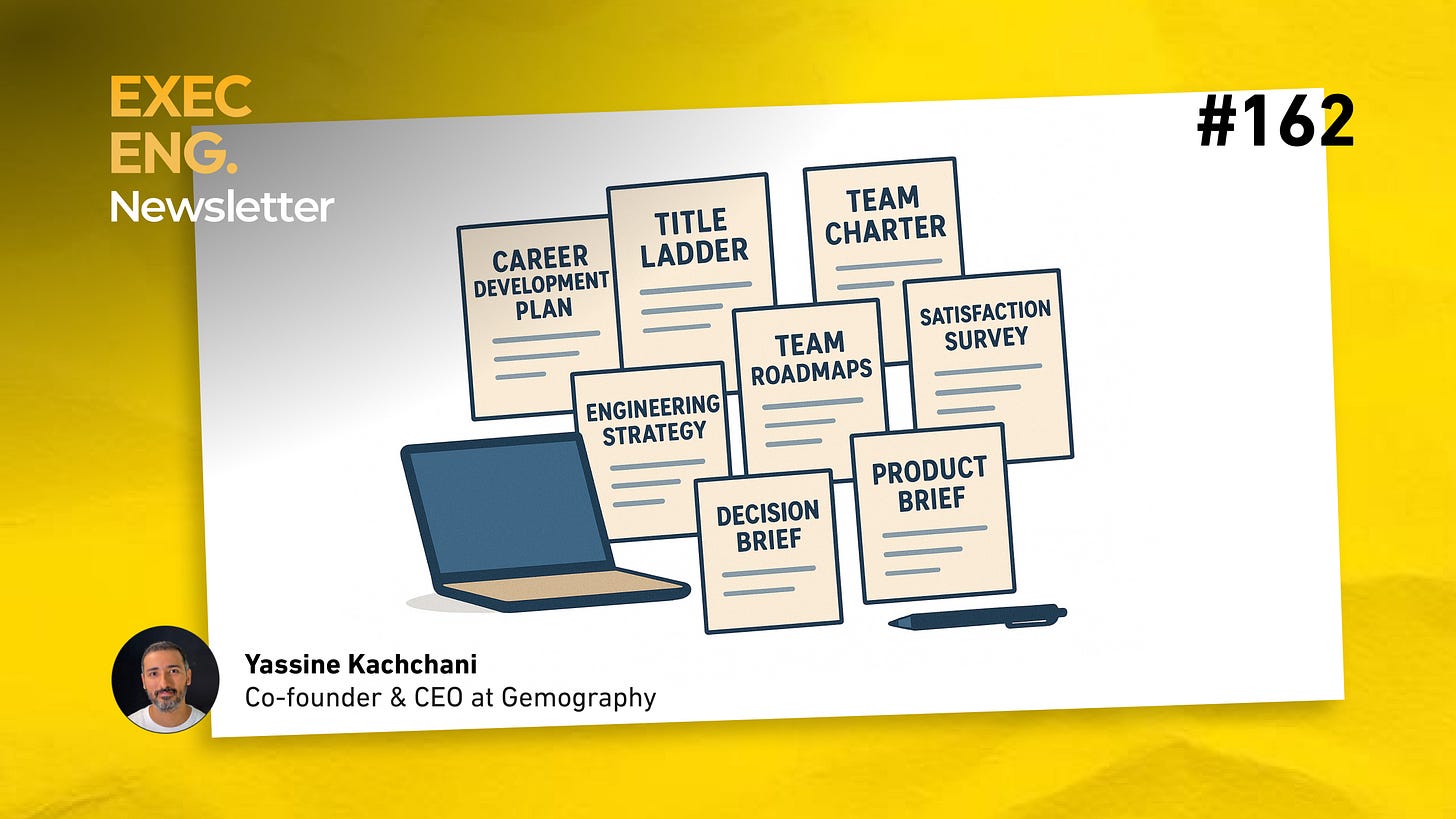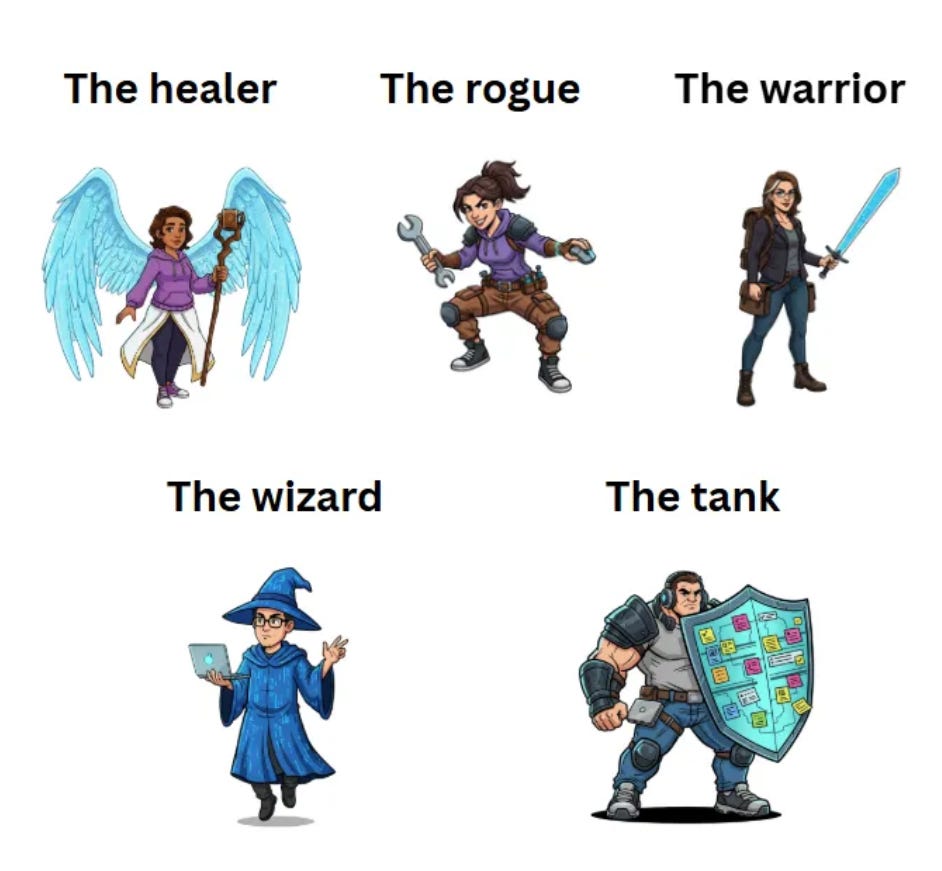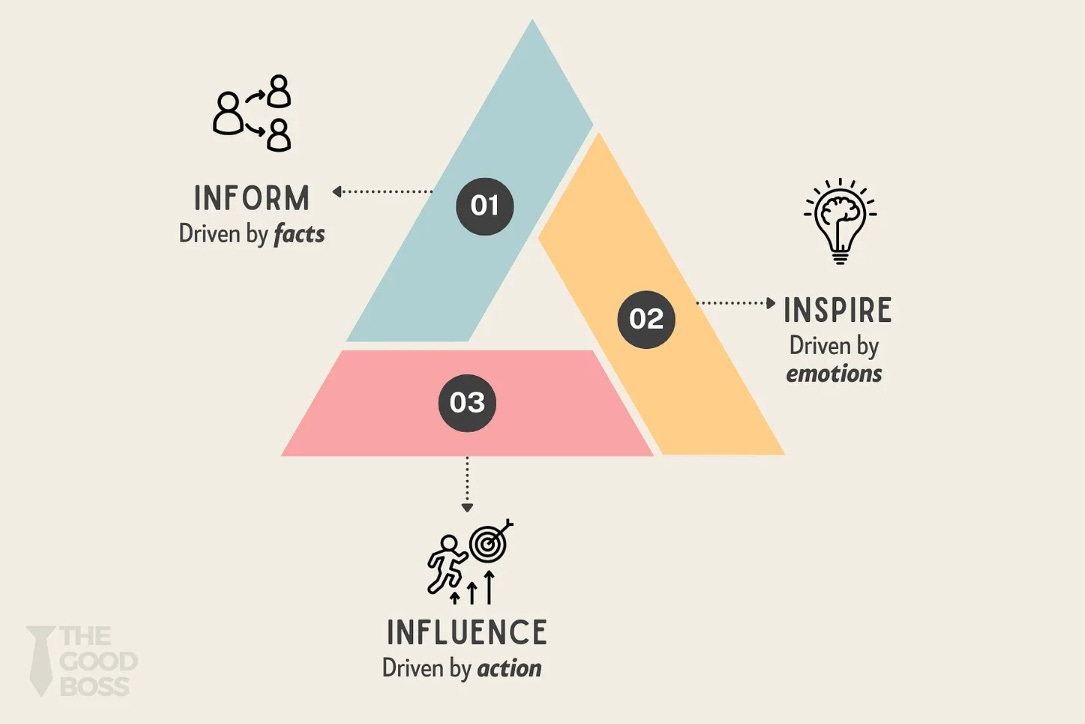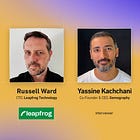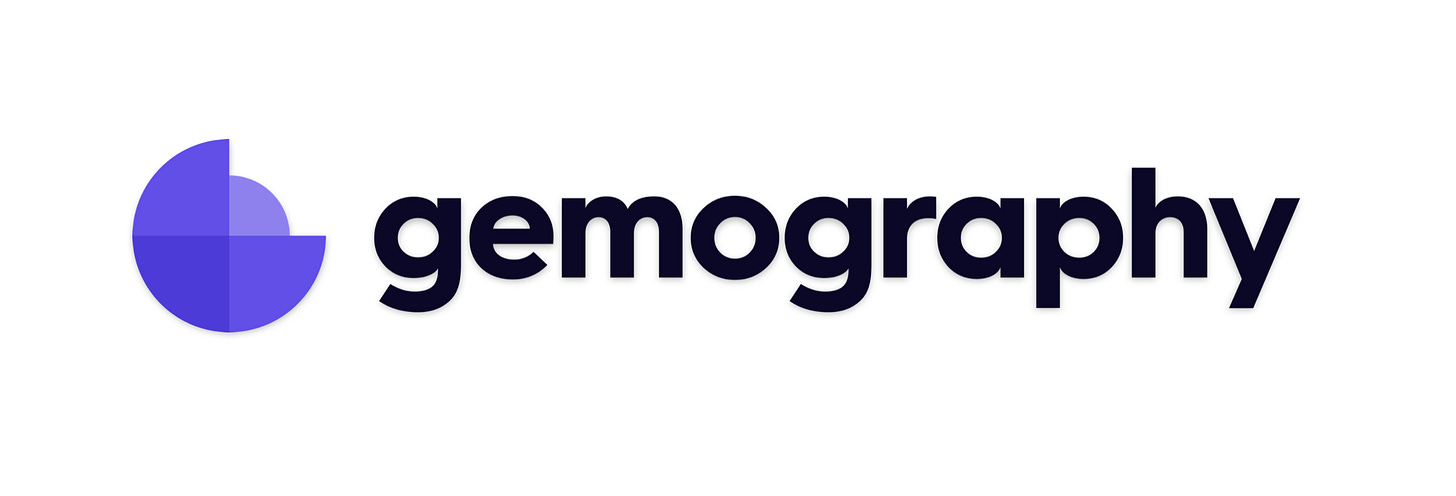Useful engineering management artifacts | Exec Engineering #162
Also: Why hiring only seniors creates talent blindspots, why prioritization should feel hard, and how balanced engineering teams beat all-star squads.
Hey👋
Thanks for reading Exec Engineering, a weekly digest for the busy tech executive.
I hope this edition brings you value.
The Digest
Hiring only senior engineers is the worst policy in the startup industry (Andrew Churchill)
This deep dive into 134 engineer profiles exposes why companies are making a costly mistake. The junior talent pool offers something rare: developers unrestrained by “how things are done” with exponential learning curves.
Useful engineering management artifacts (Bjorn Roche)
Bjorn Roche’s template collection tackles a management truth: structure prevents chaos as teams scale. His key insight is that successful documentation happens when teams build it together, not when managers distribute polished artifacts.
Stop Trying To Make Prioritization “Easy” (John Cutler / The Beautiful Mess)
Perfect prioritization frameworks don’t exist because they shouldn’t. This piece shows why the continuous dialogue between constraints and ambition creates better outcomes than any systematic approach ever could.
“If you only focus on playing perfect capacity Tetris, you will be doomed to optimize the trivial. You will fit everything in with the perfect plan, but fail to apply focus where it has the highest leverage.”
Build your engineering team like a dungeon party (Anton Zaides / Manager.dev)
The warrior-tank-healer-wizard-rogue breakdown captures team dynamics brilliantly, where each archetype fills specific gaps that all-star collections miss. Warriors handle complexity, tanks deliver consistency, healers translate business needs, wizards design systems, and rogues adapt to whatever emerges.
Influence Is a Practice, Not a Personality (Andrea Chiarelli / The Art of Asking Questions)
Carnegie’s timeless influence principles show why leadership isn’t about personality but about making people feel genuinely seen. The book’s insight that curiosity opens doors while criticism slams them shut explains why so many well-intentioned leaders fail to create real change.
Stop Avoiding Politics (Matheus Lima / Terrible Software)
This destroys the myth that engineers can stay “above” workplace politics while still influencing technical decisions. Politics is just human coordination, and refusing to participate means watching bad ideas win while good ones die in silence.
The Three Stages of Communication in Leadership (Gaurav Jain / The Good Boss)
Leadership communication isn’t just about clarity, it’s about sequencing. Moving from facts to emotions to action requires intentional progression, but most leaders either overload with data or jump straight to demands without building a foundation.
Context engineering (Chris Loy)
The shift from “crafting perfect prompts” to “engineering entire context windows” changes everything. You stop guessing what magic words work and start building systems that feed LLMs exactly what they need to solve problems.
Dialog
Russell Ward, CTO at Leapfrog Technology, Inc., believes a CTO’s job isn’t to innovate, but to make space for innovation.
In our latest Dialog, Russell shares how visiting Leapfrog’s Nepal office reshaped his understanding of global teams, why waiting for perfect information is the biggest risk in engineering, and how creating room for experimentation unlocks innovation that’s already happening inside organizations.
Check it out here:
More reads
Y’all are over-complicating these AI-risk arguments (DYNOMIGHT)
Sora, AI Bicycles, and Meta Disruption (Ben Thompson)
Pay yourself first (David Heinemeier Hansson)
Data & AI Infrastructure Are Fusing (Tomasz Tunguz)
Let’s Make It Awkward (Deb Liu)
This digest is supported by Gemography.
Support your engineering team with remote high-ownership engineers from Africa and LatAm, on demand. Meet precise matches for your stack and culture under 48h.
About Exec Engineering
I’m Yassine 👋 I spend a big chunk of my time digging into engineering management and talent acquisition, especially where the two overlap. I share the most interesting resources I come across in this newsletter, all curated by hand.



